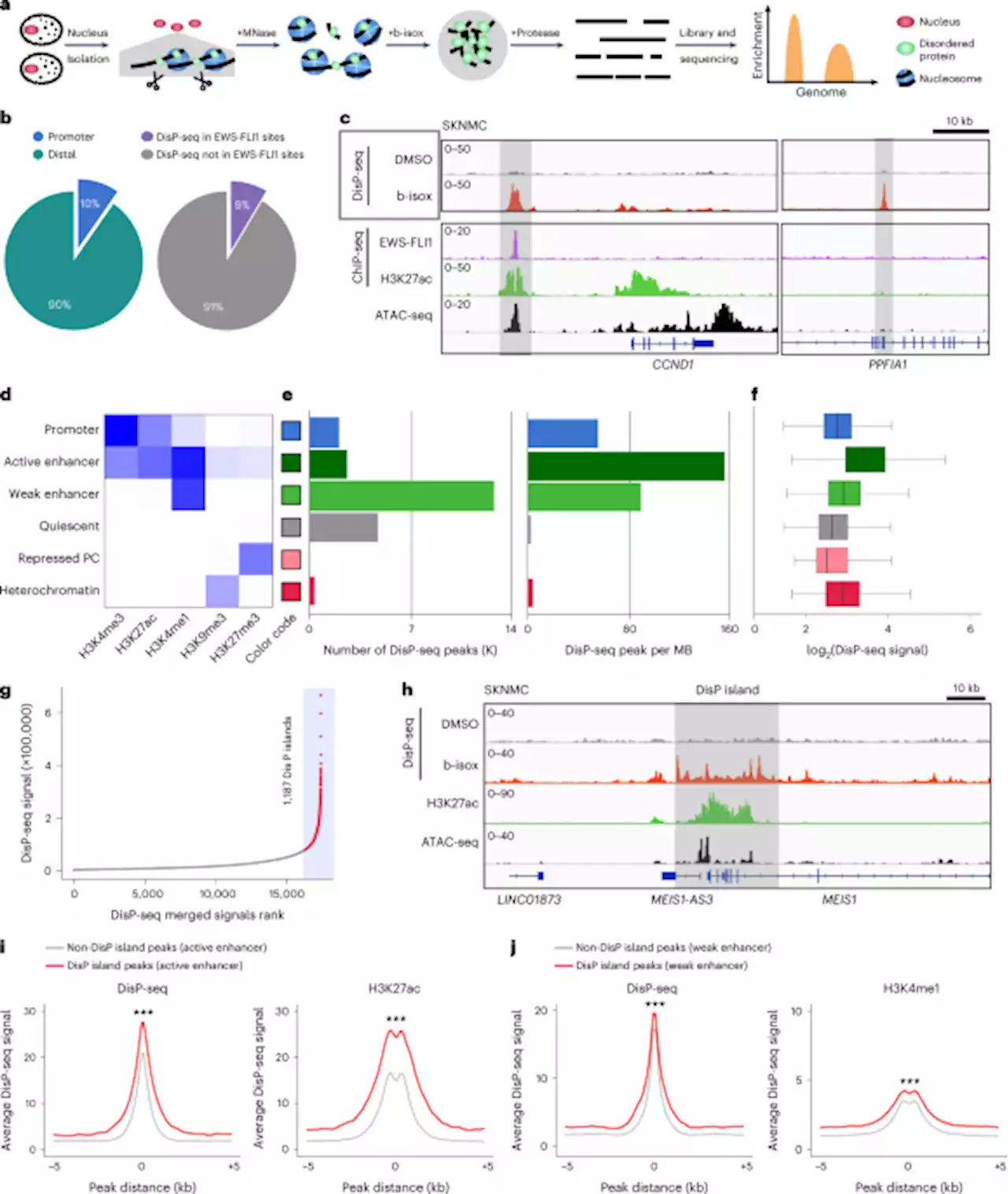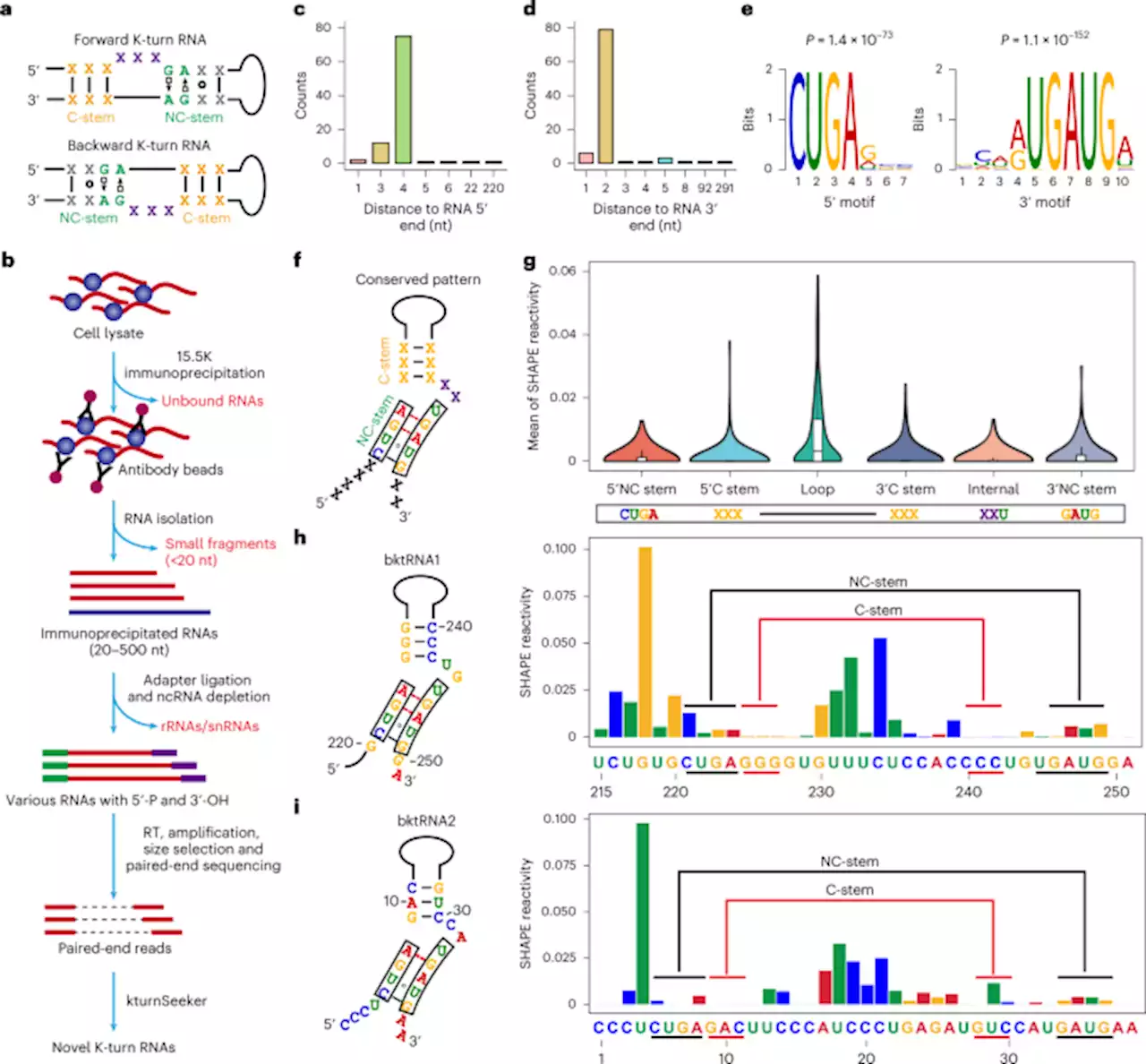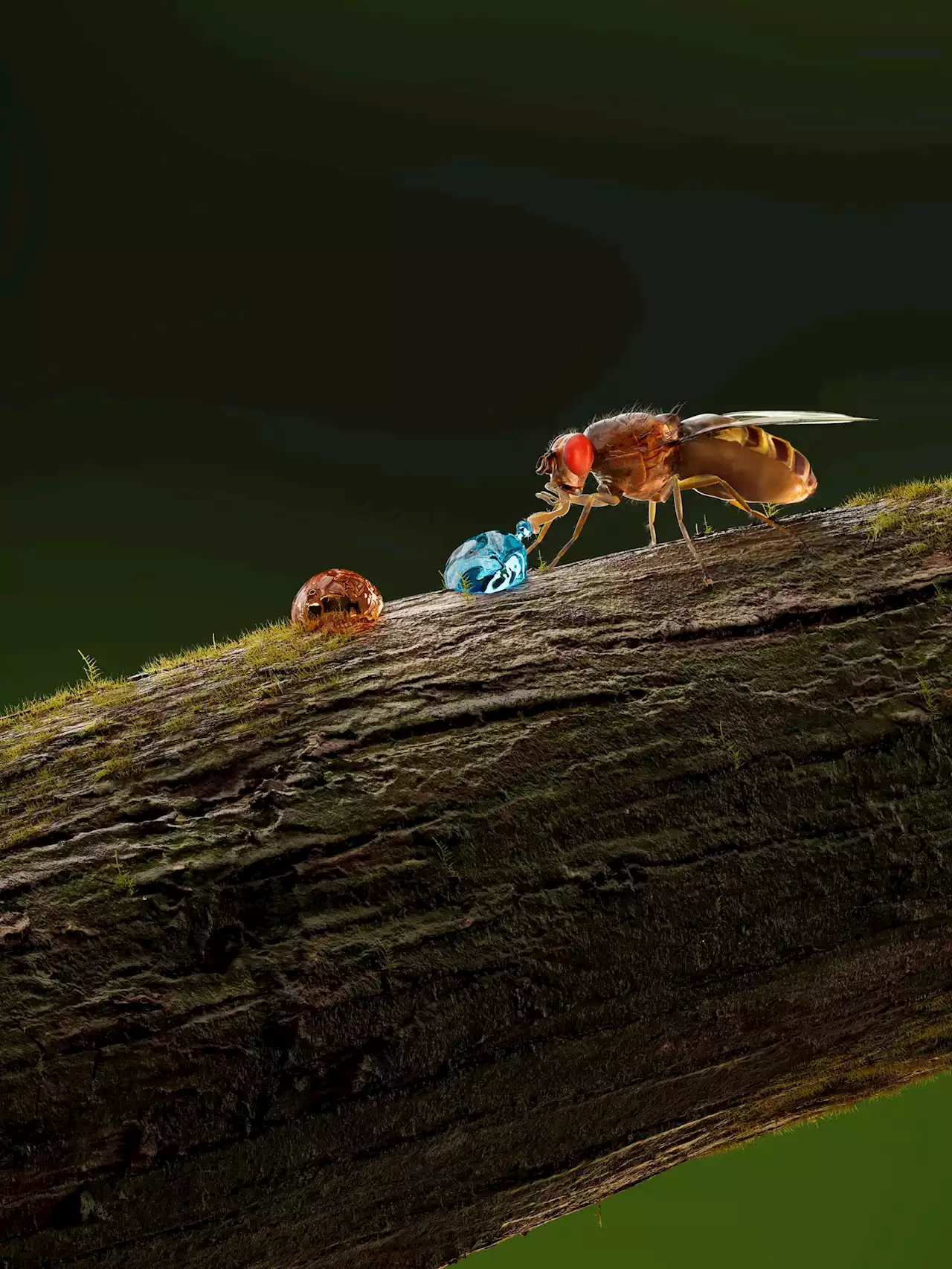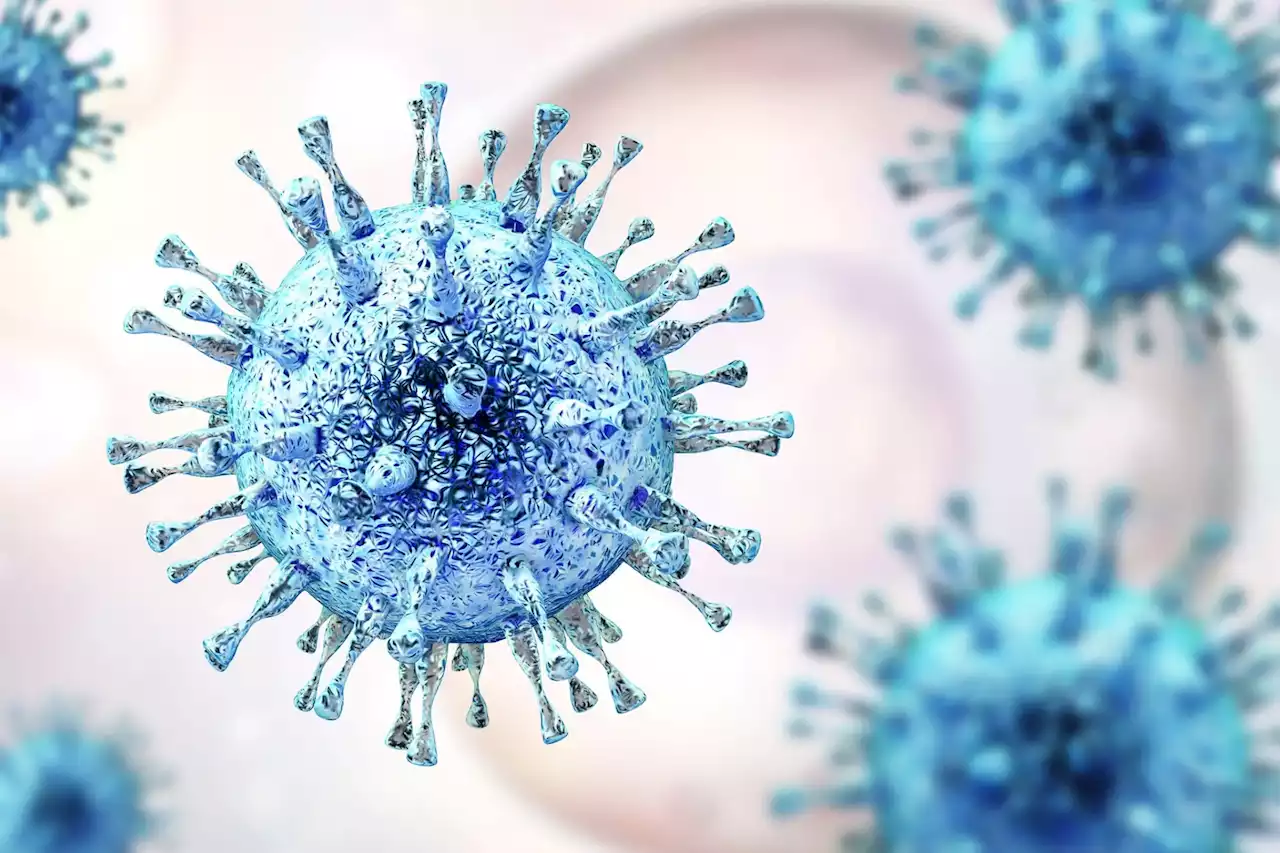Inhibition of the DNA damage response increases detection sensitivity for mapping CRISPR off-target sites in vivo. NBThighlight
). In short, a femtosecond laser beam with a repetition rate of 80 MHz from a Ti:Sapphire laser head is split into two parts: one part produces an excitation beam coupled into a photonic crystal fiber for wide-spectrum light generation. The beam is further filtered by a frequency-tunable acoustic optical filter for multi-color excitation. The other part of the laser pulse is temporally stretched to ~300 ps , collimated and expanded, and wave-front modulated with a vortex phase plate .
For WTC-11 iPSCs, cells were dissociated from the plate using accutase . Electroporation was performed using the Lonza P3 Primary Cell 4D-Nucleofector X Kit L using code CA-137, on 10 million cells, and using 65 µl of the P3 solution mixture with EP enhancer per electroporation cuvette .
For adherent cells, approximately 10 million cells were gently rinsed with room temperature PBS, washed off the plate using 10 ml of DMEM with assistance from pipette squirts and a cell scraper, then transferred to a 15-ml Falcon tube. For suspension cells, approximately 10 million cells were transferred to a 15-ml Falcon tube, spun down at 200for 1 min, decanted, then resuspended with 10 ml of DMEM.
Beads pre-loaded with antibodies were prepared before cell collection. First, 50 µl of Protein A beads were used per immunoprecipitation and transferred to a 2-ml Eppendorf tube on a magnetic stand. Beads were washed twice with blocking buffer BB , then resuspended in 100 µl of BB per immunoprecipitation. Then, 4 µl of MRE11 antibody per immunoprecipitation was added and placed on a rotator for 1–2 h.
United States Latest News, United States Headlines
Similar News:You can also read news stories similar to this one that we have collected from other news sources.
 DisP-seq reveals the genome-wide functional organization of DNA-associated disordered proteins - Nature BiotechnologyMapping DNA-associated disordered proteins across the genome uncovers gene regulatory patterns.
DisP-seq reveals the genome-wide functional organization of DNA-associated disordered proteins - Nature BiotechnologyMapping DNA-associated disordered proteins across the genome uncovers gene regulatory patterns.
Read more »
 RIP-PEN-seq identifies a class of kink-turn RNAs as splicing regulators - Nature BiotechnologyImmunoprecipitation coupled with paired-end sequencing of non-coding RNAs identifies a class of splicing regulators.
RIP-PEN-seq identifies a class of kink-turn RNAs as splicing regulators - Nature BiotechnologyImmunoprecipitation coupled with paired-end sequencing of non-coding RNAs identifies a class of splicing regulators.
Read more »
 Former Italian pemier Silvio Berlusconi's condition is progressively improving, doctor saysFormer Italian premier Silvio Berlusconi was hospitalized on Monday. Doctor's claim Berlusconi's health is progressively improving, allowing for 'cautious optimism.'
Former Italian pemier Silvio Berlusconi's condition is progressively improving, doctor saysFormer Italian premier Silvio Berlusconi was hospitalized on Monday. Doctor's claim Berlusconi's health is progressively improving, allowing for 'cautious optimism.'
Read more »
 Unraveling the Mystery of Alkaline Taste: Scientists Discover a Molecular BasisResearch using fruit flies sheds light on how other species might identify and steer clear of foods with high alkalinity or pH levels. The sense of taste plays a vital role in our food experiences as it serves as an initial protective barrier before we ingest it. Despite this, the ability of animal
Unraveling the Mystery of Alkaline Taste: Scientists Discover a Molecular BasisResearch using fruit flies sheds light on how other species might identify and steer clear of foods with high alkalinity or pH levels. The sense of taste plays a vital role in our food experiences as it serves as an initial protective barrier before we ingest it. Despite this, the ability of animal
Read more »
 HIV Genomes: Johns Hopkins Scientists Discover New Target To Eliminate InfectionsIn their quest to create treatments that could potentially eliminate HIV infection completely, scientists have been searching for all the locations where the virus can conceal its genetic material. In a recent study, a team of scientists from Johns Hopkins Medicine used blood samples from individual
HIV Genomes: Johns Hopkins Scientists Discover New Target To Eliminate InfectionsIn their quest to create treatments that could potentially eliminate HIV infection completely, scientists have been searching for all the locations where the virus can conceal its genetic material. In a recent study, a team of scientists from Johns Hopkins Medicine used blood samples from individual
Read more »
 A Mysterious Connection: Scientists Discover That Suicide Significantly Increases During the Full MoonFor centuries, it has been suspected that the full moon has a mysterious impact on human behavior. Now, recent research conducted by psychiatrists at the Indiana University School of Medicine has discovered that there is a correlation between the full moon and an increase in suicide deaths. “We w
A Mysterious Connection: Scientists Discover That Suicide Significantly Increases During the Full MoonFor centuries, it has been suspected that the full moon has a mysterious impact on human behavior. Now, recent research conducted by psychiatrists at the Indiana University School of Medicine has discovered that there is a correlation between the full moon and an increase in suicide deaths. “We w
Read more »
